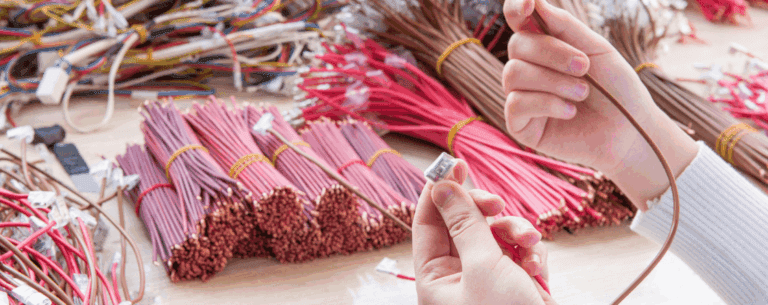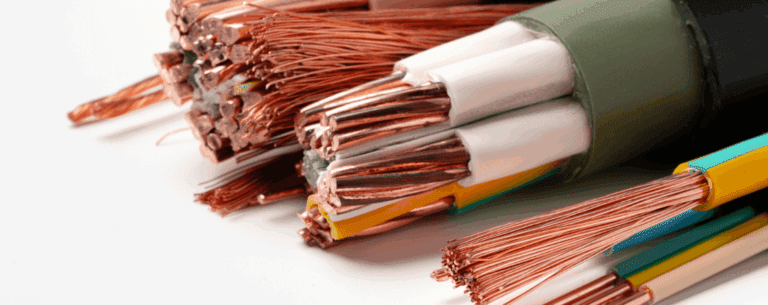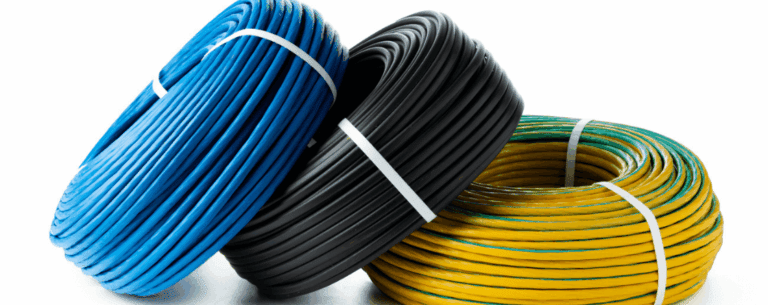
Common Industries That Rely on Cable Assembly Manufacturers
Keeping complex systems online takes more than parts and datasheets. It takes cable assembly manufacturers...
Read MoreHaving access to high-speed broadband is a big advantage for individuals and organisations. It’s something that has become even more important over the past year or so as the conditions of the pandemic have made getting online essential. This has put a lot of pressure on broadband networks as more and more people have had to access the internet from a new location. Being able to deliver a fast and effective broadband service has been vital – and cables and connectors have been a key part of this.
During the pandemic figures varied but around 52% of the workforce switched to a working from home basis, compared with 5% in 2019. Around a third of workers are keen to remain working on a remote basis and this has meant that many organisations have looked at making home working a permanent shift. There are some barriers to this that make it difficult for businesses to achieve the same level of efficiency and productivity when so many workers are working from home. Latency is the issue that most people run into at some point.
Most homes have access to broadband speeds of 25 Mb/s but during the pandemic the various different functions that we have looked to use our home networks for – from video conferencing to sharing large files – has meant that most now require broadband speeds of 50-100Mb/s. Latency can also be affected by measures that have been put in place to improve security. For example, the shift to remote working has meant many businesses have implemented firewalls to help protect data but these can also trigger problems where latency is concerned. Latency issues can look like something as simple as audio or video lag, which can be very problematic operationally.
Investments in infrastructure are vital to helping to ensure that organisations and individuals have access to the broadband services that they need – and without issues such as latency to deal with. Hardware investments, including fibre-to-home connectivity and optical cables are vital when it comes to sustaining additional bandwidth. In many locations, delivering a more effective broadband service means replacing old copper cable systems with fibre optic cables that run directly into homes and businesses. There is a considerable cost that comes with carrying out these replacements – in fact, digging up roads and land is estimated to account for 80% of the cost of implementing new, essential broadband networks. However, both bandwidth and speed are crucial to avoid problems with latency and laying these new fibre optic cables and connectors are an essential part of ensuring that standards for reliability and speed can be reached.
With so much of the UK workforce now working from home, and so much pressure on UK broadband networks, fibre optic cables and connectors are a key part of the process of ensuring that current need can be met.

Keeping complex systems online takes more than parts and datasheets. It takes cable assembly manufacturers...
Read More
Keeping critical infrastructure online and mission systems ready needs more than components. It requires domestic...
Read More
Selecting a cable supplier is an engineering decision. Experienced engineers know that reliable UK cable...
Read MoreReady to talk cables, fibre or full network solutions? Get in touch with our team today, we’re here to help.